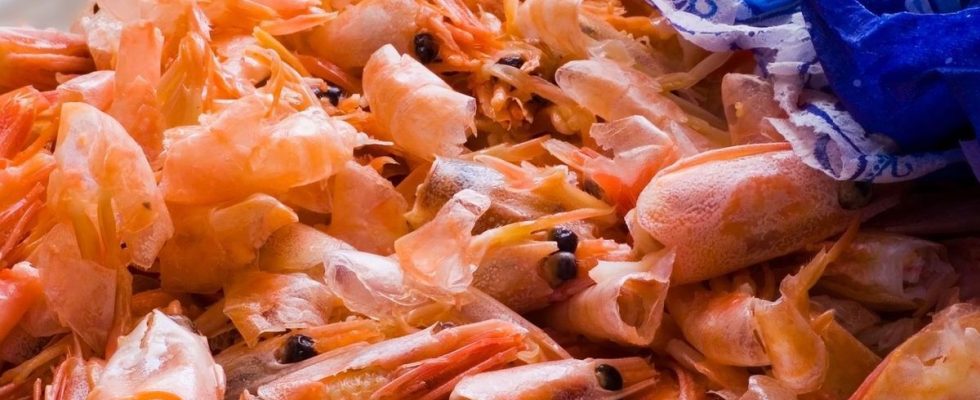Published on
Updated
Reading 1 min.
Long recommended for their nutritional benefits, shellfish are more likely to be contaminated by eternal pollutants, PFAS, than by eating fish, reports an American study.
Magnesium, copper, iodine, selenium… Shellfish and crustaceans are real little bombs of benefits to stock up on vitamins B3 and B5. Little holiday pleasures that give a special flavor to a stay in Normandy, which would not be complete without a platter of oysters just as squids are essential during a trip to the Basque country, these foods would not only have benefits, nutritionally speaking.
In a context where PFAS, the famous eternal pollutants that we indicate under this acronym to designate these substances accumulating in the air as well as in the water and in the human body, shrimp and other crustaceans come from appear to be a significant source of these molecules, some of which are potentially carcinogenic to humans.
In a study published by the journal Exposure and Health, supported by American medical research and carried out by researchers from the biology department of Dartmouth College in the United States, American scientists indicate that they have spotted 26 varieties of PFAS in samples of canned tuna, salmon, haddock and shrimp. The experiment consisted of detecting these substances in seafood products commonly purchased on the market in Portsmouth, New Hampshire.
The analyzes were carried out on a sample of 1,829 residents of this American state, including both children and adults. As the diet of these residents is more rich in shellfish and seafood, the study demonstrated a higher level of PFAS in this type of consumer, more than in the average of Americans living in the Northeast of the United States.
